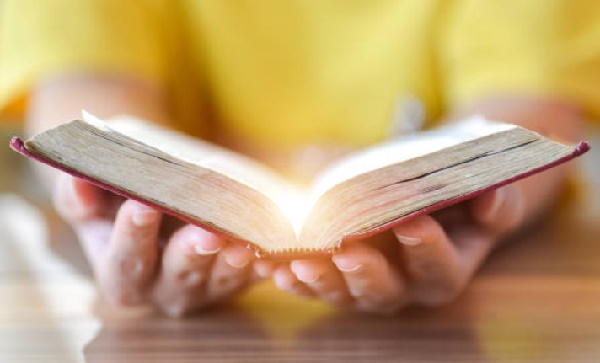It’s been a time of profound misfortunes at St. Joseph Elementary School in La Puente.
Thirty students, or about 16% of the student body, didn’t appear in the fall, costing the school a huge number of dollars in educational cost. Four workers were laid off. One of the school’s raising support columns, the yearly run a-thon, was dropped due to Covid limitations.
“Funds are tight, yet we’re giving a valiant effort and are pleased our locale has not betrayed us,” St. Joseph Principal Luis Hayes said. “We accept better days are ahead.”
Hayes has been trusting that the school’s incomplete resuming under a district affirmed waiver will provoke families to return. By late December just three had re-enlisted.
St. Joseph’s conditions are significant of the plunging enlistment and stumbled raising support that undermine the eventual fate of numerous schools in the Roman Catholic Archdiocese of Los Angeles, one of the biggest private instructive frameworks in the country. Albeit numerous Catholic schools long have battled with dropping enlistment, pandemic-prompted family difficulties and monetary strain have quickened the decay.
Three schools have just shut this school year: St. John Paul II STEM Academy in Burbank, St. Anthony of El Segundo and All Saints of El Sereno primary schools, while others state they’re on the verge.
Primary schools like Resurrection in Boyle Heights, Our Lady of the Rosary in Paramount and St. Maria Goretti in Long Beach have broadcasted $50,000 GoFundMe crusades requesting help to remain open.
“What we’re confronting, what our families are confronting are enormous chances,” archdiocese Supt. Paul Escala said of the 262 rudimentary and secondary school grounds across Los Angeles, Ventura and Santa Barbara regions. A majority of the grade school students come from low-pay families who get grants to pay for educational cost that by and large ranges from $3,000 to $5,000 every year, with a modest bunch of schools charging more.
August numbers indicated that generally, enlistment dropped in the fall by 7,195 students, an extraordinary decrease of almost 10%. This incorporates 995 students at the secondary school level, leaving an archdiocese-wide enlistment of about 66,000.
On account of their more modest size, area based activities and absence of instructors association impact, numerous Catholic schools have had the option to exploit waivers and incomplete resuming decides that permit K-12 grounds to bring back up to 25% of their students.
Like Hayes, Escala trusts that the incomplete reopenings will boost families who want a religious training to return. However to date, the numbers are negligible.
In Los Angeles County, 63 grade schools got waivers as of Dec. 21, with a few others set to mostly return in January. Every one of the six of Santa Barbara County’s rudimentary grounds and its one independent Catholic secondary school resumed for face to face learning, while six primary schools and two secondary schools in Ventura County additionally opened.
There have been brilliant spots: Serra High School in Gardena, Bishop Conaty-Our Lady of Loretto High School in Los Angeles and St. Bernard High School in Playa Del Rey all observed enlistment hops of 5% to 9% this semester.
Be that as it may, the systemwide plunge far shrouds the around 3% drop during the past two school years joined. The Covid instigated drop goes ahead top of wounding decreases during the Great Recession years, when Catholic schools lost 7,909 students, or 8.93% from 2008 to 2010.
Escala and numerous administrators all through the archdiocese said they have used saves and depended intensely on PPP advances to keep them above water this school year. Despite the fact that the new boost bill gives another round of PPP advances and joblessness benefits that could help Catholic schools and their laid-off workers, it doesn’t give any uncommon monetary help as mentioned last August by the United States Conference of Catholic Bishops, driven by Los Angeles Archbishop Jose Gomez.
“The pandemic hasn’t made an emergency for Catholic schools; it has exacerbated one,” said Sister Rosemarie Nassif, chief for the Center of Catholic Education at Loyola Marymount University. “Catholic Schools have been confronting similar three issues since about the 1960s.”
Siblings, sisters and ministers — who once established 98% of school staff broadly and worked for little allowances — presently make up just 2%, Nassif said. They were supplanted by lay staff who anticipate better compensation and advantages. Nassif likewise featured the move of more affluent and center pay Catholic families to the suburbs. All the more as of late, the development of sanction schools has likewise siphoned away students.
